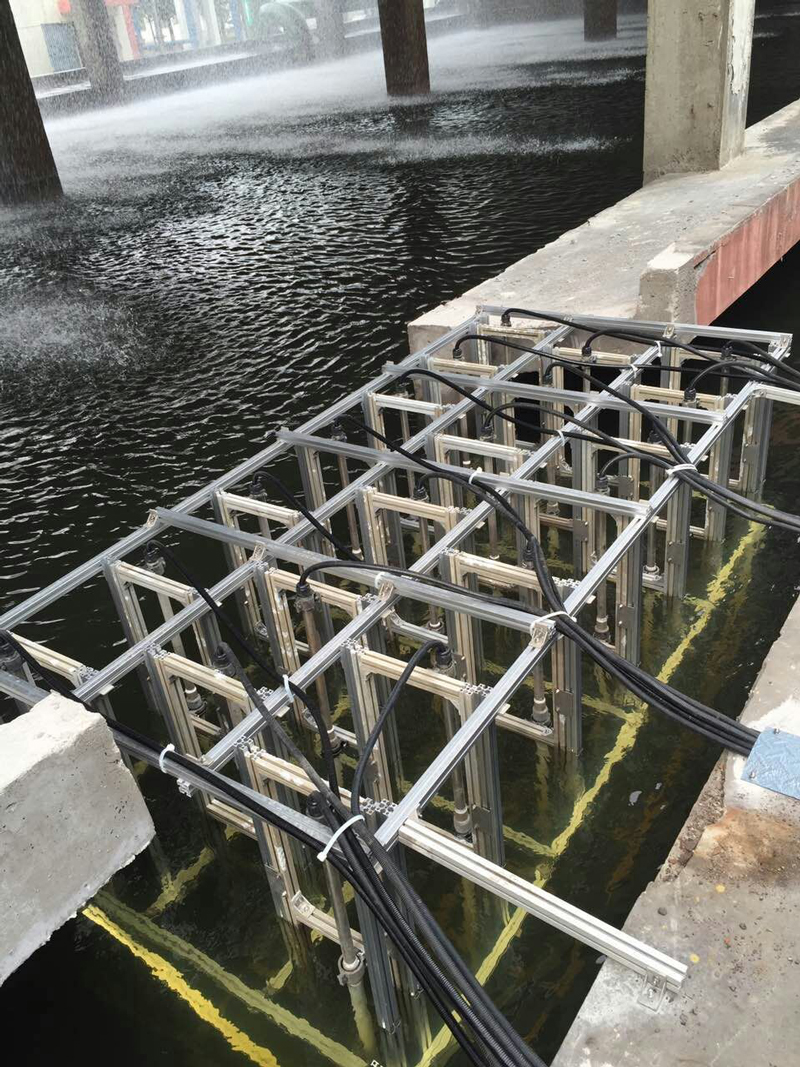High voltage electrostatic circulating water manufacturers to explain to you, in the open circulating cooling water system, people can often see the scene of a large number of microorganisms. At the same time, the cooling water sprayed from the top of the cooling tower catches a large number of microorganisms from the air in the counter current encounter to enter the cooling water system. The abundant water in the cooling water system provides a reliable guarantee for the growth of these microorganisms. The temperature of cooling water is usually designed between 32 ℃ and 42 ℃, which is especially beneficial to the growth of some microorganisms. A large amount of oxygen is dissolved into the cooling water during the spray aeration process in the cooling tower, which provides conditions for aerobic microorganisms; the sludge formed by the suspended solids in the cooling water provides a shelter for the anaerobic microorganisms, and the sulfate in the cooling water becomes the energy source for the anaerobic microorganisms sulfate reducing bacteria. As a result, some cooling water systems have become a huge trap and incubator for some microorganisms.
1、 Microorganism causing failure in cooling water system
Not all microorganisms in the cooling water system can cause failure, but when the industrial cooling water system is in operation, some microorganisms that cause failure are often encountered. They are bacteria, fungi and algae. First, they are briefly introduced
1-1 bacteria:
Compared with algae and mold, bacteria are tiny. Unless there are large colonies, they can be seen or identified with the aid of a microscope.
1-2 fungi:
Fungi in cooling water system include mold and yeast.
Fungi destroy the cellulose in the wood and make the wood components of the cooling tower decay.
Fungi have no direct corrosivity to metals in cooling water system, but their sticky deposits will build differential corrosion cell on metal surface and cause metal corrosion. Sticky deposits cover the metal surface, so that the corrosion inhibitor in cooling water can not go there to play its protective role.
1-3 algae
The main algae in cooling water are cyanobacteria, green algae and diatom. Algae need sunlight to grow, so they often stay where there is plenty of sunlight and water.
The flow of algae in the heat exchanger will be reduced, and the water flow in the heat exchanger will be reduced.
Algae do not cause corrosion directly, but the metal surface covered by the sediments formed by algae often corrodes under the deposits due to the formation of differential corrosion cells.
